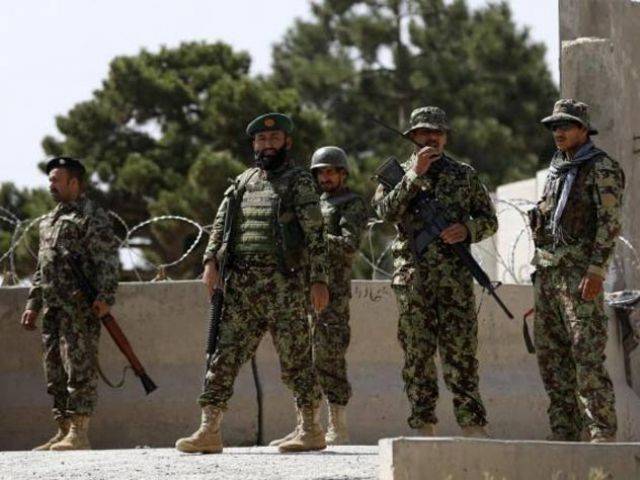Herat: Too poor to even buy pens and notebooks for school, Mehdi left his home in Afghanistan soon after his 17th birthday and headed to Iran, hoping to make his way to Europe and find work.
Instead, Mehdi ended up fighting in Syria’s civil war, a conflict he had nothing to do with, 2,000 kilometers from home. He was one of tens of thousands of Afghans recruited, paid and trained by Iran to fight in support of Tehran’s ally, Syrian President Bashar Assad.
There, he found himself thrown into one of the war’s bloodiest front lines, surrounded by the bodies of his comrades, under fire from Islamic militants so close he could hear their shouts of ‘Allahu akbar’ (“God is greatest”) before each mortar blast.
Iran ran an extensive drive to bring Shiites from across the region and create a network of militias to help save Assad from the uprising against his rule — not only Afghans but also Pakistanis, Iraqis and Lebanese. Now with the 8-year war in Syria winding down, the question is what will Tehran do with those well-trained, well-armed forces.
Mehdi and other soldiers-for-hire from Afghanistan’s impoverished Shiite Muslim communities are returning to their homeland, where they are met with suspicion. Afghan security officials believe Iran is still organizing them, this time as a secret army to spread Tehran’s influence amid Afghanistan’s unending conflicts.
“Here in Afghanistan we are afraid. They say we are all terrorists,” said Mehdi, now 21 and back in his home city of Herat. He spoke on condition he not be fully identified for fear of retaliation. He wouldn’t meet The Associated Press at home or in public — only in a car parked in a remote, mostly Shiite neighborhood. Even there, Mehdi kept his face obscured with a scarf, glancing suspiciously at every passing car.
Afghan veterans returning from Syria are threatened from multiple sides. They face arrest by security agencies that view them as traitors. And they face violence from the brutal Islamic State affiliate in Afghanistan, which views Shiites as heretics and vows to kill them. Last May, IS gunmen burst into Herat’s Jawadia Shiite mosque, opening fire and setting off their suicide belt explosives among worshippers, killing 38 people.
Just knowing people who fought in Syria can land someone in jail, said a local elder in a village near Herat. He spoke on condition of anonymity for that reason. Eight men from his village were killed fighting in Syria, but there are no graves for them here. All were buried in Iran, he said.
Iran intensified its role in Syria when Assad appeared to be losing the fight against rebels in 2013 and 2014. Tehran sent hundreds of Revolutionary Guard troops and began bringing in allied militias. The most well-known and most powerful was Lebanon’s Hezbollah.
But the largest was the force made up of Afghans, known as the Fatimiyoun Brigade, which experts have estimated numbered up to 15,000 fighters at any one time.
Over the years, tens of thousands of Afghans likely trained and fought in it. Most of them are from Afghanistan’s ethnic Hazara minority, who are among the country’s poorest.
Roughly 10,000 veterans of the brigade have returned to Afghanistan, says a senior official in Afghanistan’s Interior Ministry who is familiar with government intelligence. The official was not authorized to brief reporters and so spoke on condition of anonymity.
The Afghan government and many experts believe Iran could mobilize these ex-fighters once more to assert its influence in Afghanistan, particularly as the United States accelerates its efforts to end its nearly 18-year military intervention.
“Expect the Iranians to reconstitute their militias inside Afghanistan at some point,” warned Bill Roggio, editor of the Long War Journal, a site devoted to coverage of the US war on terror.
“Iran does not discard assets in which it invests time, treasure and expertise.” Afghanistan is already tormented by an overabundance of armed groups, many divided on ethnic lines. They include militias loyal to several warlords, who are aligned with the government but often at odds with each other. There are also the Sunni militants: Taliban insurgents rule in nearly half the country, and the Islamic State affiliate has proven to be a stubborn enemy, even in the face of relentless US bombing raids.
AP

